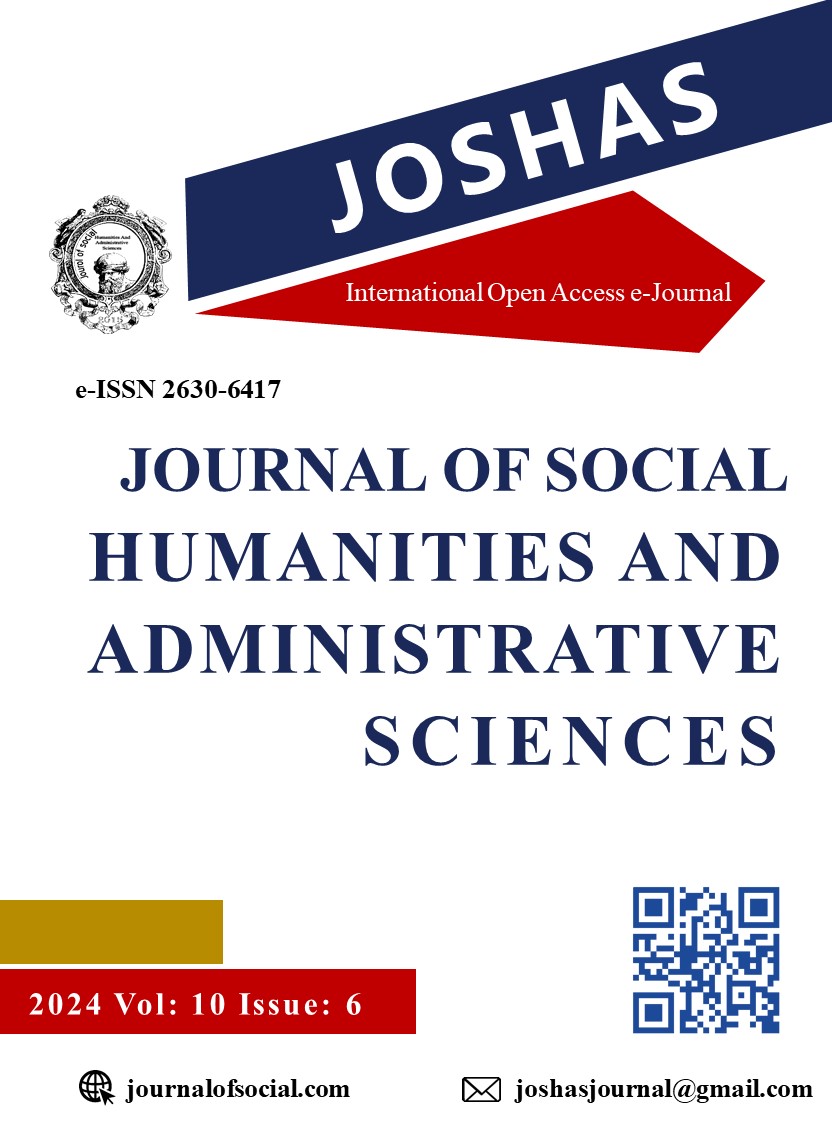Author :
Abstract
Peyzaj mimarlığı, insan-çevre ilişkisinde insanın ihtiyaçları doğrultusunda çevrenin işlevsel, estetik ve anlamsal boyutlarını göz önünde bulundurarak mekanlar yaratan bir disiplindir. Bu mekanların üretiminde tasarımcı yenilik yaratma arzusunda olup kullanıcı için birbirinden farklı tasarımlar ortaya koymayı hedeflemektedir. Teknolojinin gelişimi peyzaj mimarlığı eğitimini de içerik ve kapsam olarak sürekli değiştirmekte ve geliştirmektedir. Özellikle öğrencilerin düşünme biçiminde görselleştirme teknolojilerinin değişimi büyük öneme sahiptir. Bu değişim bazen olumlu bazen de olumsuz olabilmektedir. Öğrencinin yaratıcılığını geliştirirken bazen de sınırlandırdığı ifade edilmektedir. Bu araştırma görsel anlatımın yaratıcılık üzerindeki etkilerine odaklanmamıştır. Bu araştırma peyzaj mimarlığında görsel düşünce ve görsel anlatım kavramlarının önemini vurgulamak ve mekan üretiminde bu iki kavramı stüdyo projeleri kapsamında ele almayı amaçlamıştır. Bu kapsamda Karadeniz Teknik Üniversitesi Peyzaj Mimarlığı Bölümü eğitim programında Stüdyo 2 dersi sonuç ürünler değerlendirilmiştir. Öğrencilerin görsel düşünce ve görsel anlatımları konut çevresi peyzaj projeleri final paftaları ile değerlendirilmiştir. Final projelerinde öğrencilerin belirlemiş olduğu kavram, bu kavramın görselleştirilmesi, belirlemiş oldukları kullanıcı grubu ve etkinlik listesi, plan, kesit ve 3d görseller üzerinden değerlendirme yapılmıştır.
Keywords
Abstract
Landscape architecture is a discipline that creates spaces by considering the functional, aesthetic and semantic dimensions of the environment in line with human needs in the human-environment relationship. In the production of these spaces, the designer desires to create innovation and aims to present different designs for the user. The development of technology is constantly changing and developing landscape architecture education in terms of content and scope. In particular, the change in visualization technologies in the way students think is of great importance. This change can sometimes be positive and sometimes negative. It is stated that while it improves the creativity of the student, it sometimes limits it. This research did not focus on the effects of visual expression on creativity. This research aims to emphasize the importance of visual thinking and visual expression concepts in landscape architecture and to address these two concepts in the production of spaces within the scope of studio projects. In this context, the final products of Studio 2 course in the education program of Karadeniz Technical University Landscape Architecture Department were evaluated. The visual thinking and visual expressions of the students were evaluated with the final sheets of residential environment landscape projects. In the final projects, the concept determined by the students, the visualization of this concept, the user group and activity list they determined, plans, sections and 3D visuals were evaluated.





